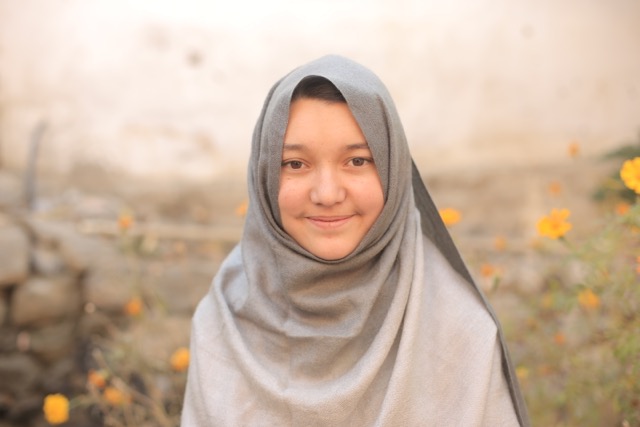
Mission
Iqra Fund provides access to quality, sustainable education, especially for girls, in the remote tribal areas of Pakistan.
Life Challenges of the Women Served
The tribes living in remote northern Pakistan have lived in much the same way for thousands of years. They are close-knit, conservative, Islamic communities with traditional customs and almost no income. The village women raise crops and livestock, gather water, and tend children. The valleys where Iqra Fund works are cut off from the rest of the country by the Karakoram Range, which has some of the world’s highest peaks. Communities are further isolated by poverty, politics, and religion.
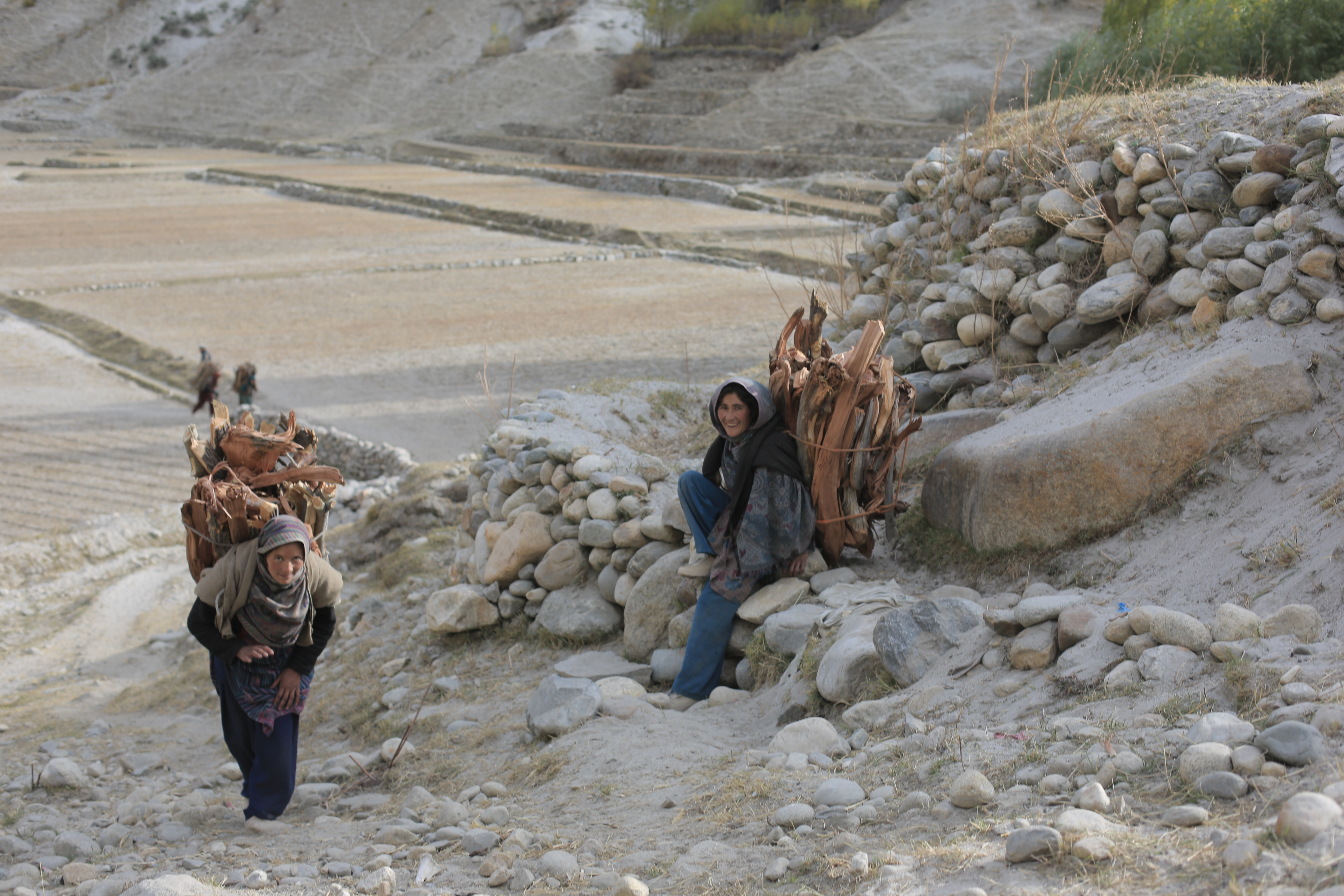 Nationally, 25 million children are out of school – half the country’s school-age population. In Gilgit-Baltistan, that number is around 100,000, and 16.9 percent of girls in the territory get married before age 15; 52.4 percent before age 18.
Nationally, 25 million children are out of school – half the country’s school-age population. In Gilgit-Baltistan, that number is around 100,000, and 16.9 percent of girls in the territory get married before age 15; 52.4 percent before age 18.
In the Basha Valley where Iqra Fund does most of their work, there are approximately 900 young mothers, based on Iqra Fund household surveys. While these girls are affected most directly by childhood marriage, its consequences – among them poverty, illiteracy, poor hygiene, and infant and maternal mortality – are woven throughout society. The story is the same throughout the territory and much of the country.
The quality of village education is often low and the cost high – if a school exists at all. Although there are schools in some villages, many sit empty. Most current school curricula do not respond to local challenges or promise to better village life, so parents would rather have children work. And lacking education themselves, parents do not know how to push teachers, the government, and funding organizations to improve the caliber of education. As the cycle continues, these patriarchal communities continue making conservative choices. In one example, the law passed by the Pakistani Parliament in 2017 barring girls under 18 from marrying should apply in the area, but it does not.
The Project
Because so many primary school students have been successful in its program, Iqra Fund now needs to expand its middle and secondary school offerings. With quality teaching and community investment, Iqra Fund students have passed their fifth and sixth grade exams at rates far above the national average, creating a demand where there was none before. The main goal with this project is to support and fund the transition to middle school for the graduating cohort of girls and use the opportunity to establish a sustainable middle school program for all girls in the region.
This project establishes a girls’ middle school program in Pakistan’s isolated Basha Valley by funding teachers, providing uniforms, books, and supplies for the girls, and engaging the mothers in leadership workshops. It will provide uniforms, books, and supplies for 66 girls transitioning to middle school, as well as salaries for 10 teachers who will serve 284 additional girls entering middle school in the next two years.
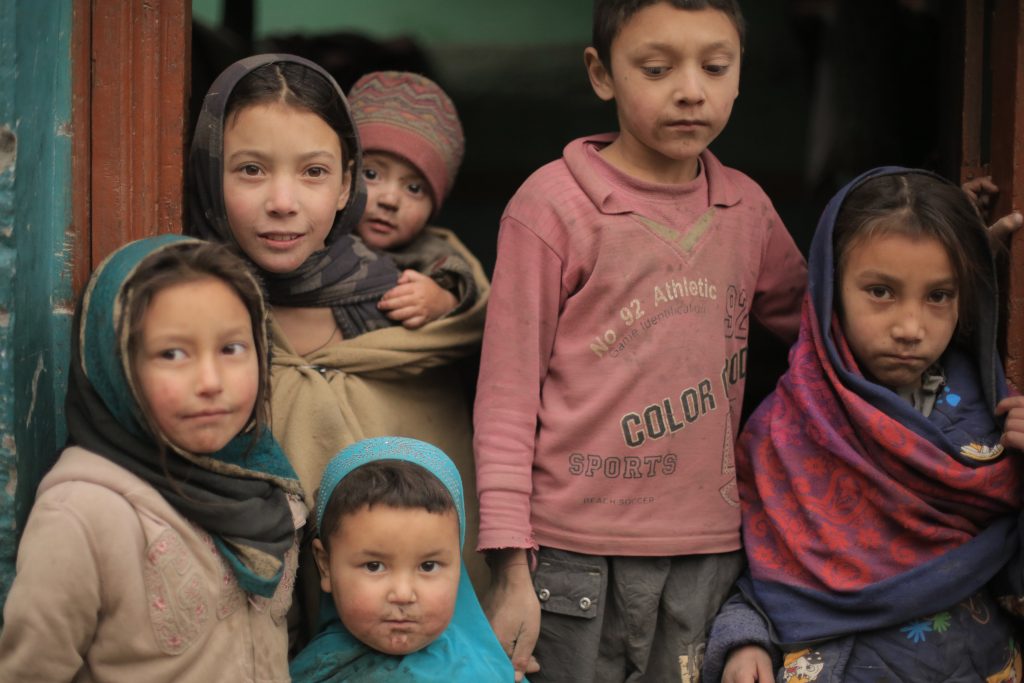 To encourage community involvement and promote women’s leadership, Mother Support Groups will be established. Six women’s leadership workshops will be conducted for the groups, reaching the mothers of all 284 girls. Emphasizing the importance of girls’ education, the project will give 200 women tools to encourage children to study, share what they are learning and dream big. They will also help the mothers better manage their own workloads and time, which is what makes school attendance possible in the first place.
To encourage community involvement and promote women’s leadership, Mother Support Groups will be established. Six women’s leadership workshops will be conducted for the groups, reaching the mothers of all 284 girls. Emphasizing the importance of girls’ education, the project will give 200 women tools to encourage children to study, share what they are learning and dream big. They will also help the mothers better manage their own workloads and time, which is what makes school attendance possible in the first place.
By the end of the project, the girls will be established in middle school, and their mothers will be better prepared to support their daughters’ studies. Most of the girls will go on to secondary school and some on to university. Girls with access to quality education will finish their studies before marrying, improving overall quality of life.
This project will indirectly impact all 10,000 Basha Valley residents, as well as the approximately 140,000 residents of the Shigar District, where Basha Valley is located. Of the 2,500 school-aged girls in the valley, the middle school students in this project will be the most highly educated. Part of the first generation of educated girls in all of Baltistan, they will be leaders in their communities, influencing everyone around them. Additionally, their mothers will lead and support a sea change among their peers in Basha Valley.
The implications here are global: educated girls raise smaller, healthier families, and have higher eventual wages and fewer children. Educated women have stronger voices, creating more democratic societies that are less vulnerable to extremism. An investment in a girl’s schooling is an investment in her community’s local economy and her future family – the next generation.
Impact:
Direct – 276, Indirect – 150,000
UN Sustainable Development Goals
![]()
![]()
![]()
Questions for Discussion
- How do you think the Mother Support Groups address the patriarchal community?
- How do you think the education of girls affects the community’s economy?
- How do you think this program will have global impact?
How the Grant Will be Used
The total budget project budget and DFW’s grant is $42,398.40 for one year.
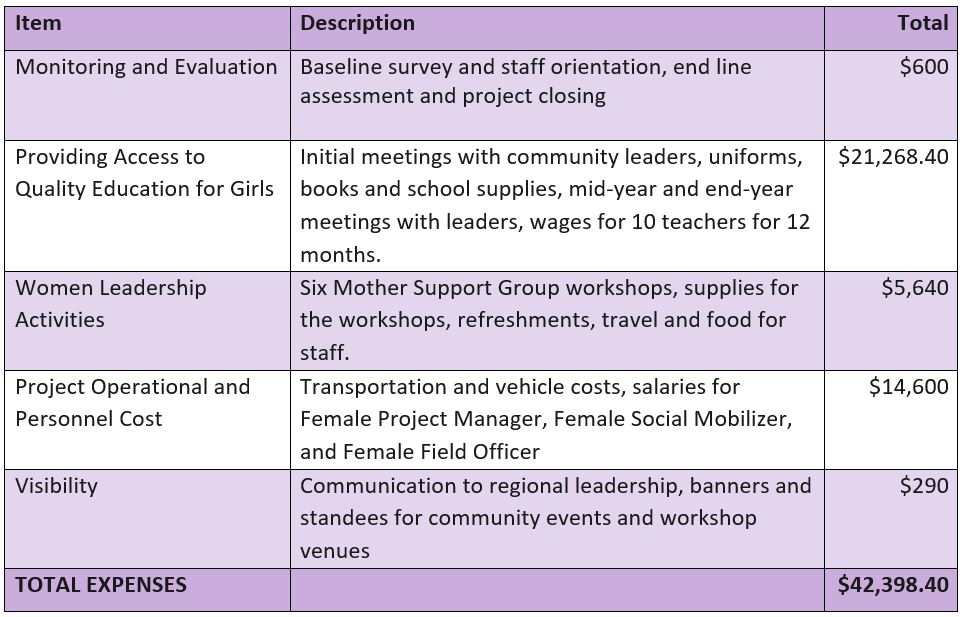
Why We Love This Project/Organization
This project is in an isolated community nestled in the valleys of the high peaks of the Karakoram range. To provide high quality schooling, Iqra Fund partners with tribal villages and collaborates with community leaders, parents, and other stakeholders to create a sustainable education system for the girls and adult learning opportunities for their mothers.
Evidence of Success
In the seven years since Iqra Fund’s founding, it has established 22 schools in four mountain valleys and enrolled 3,038 students (1,595 girls, 1,443 boys). It has hired 70 teachers and invested an average of 40 hours annually in professional development for each.
In 2018, 97 percent of fifth grade girls in Iqra Fund schools passed annual national exams, as compared to the country-wide average of 57 percent. The leaders in the partner villages have taken note: within three years of partnering with Iqra Fund, all communities have funded at least 25 percent of their girls’ school costs, along with 90 percent of boys’ costs. Community leaders and parents say the opportunities Iqra Fund give these children have changed lives.
Voices of the Girls
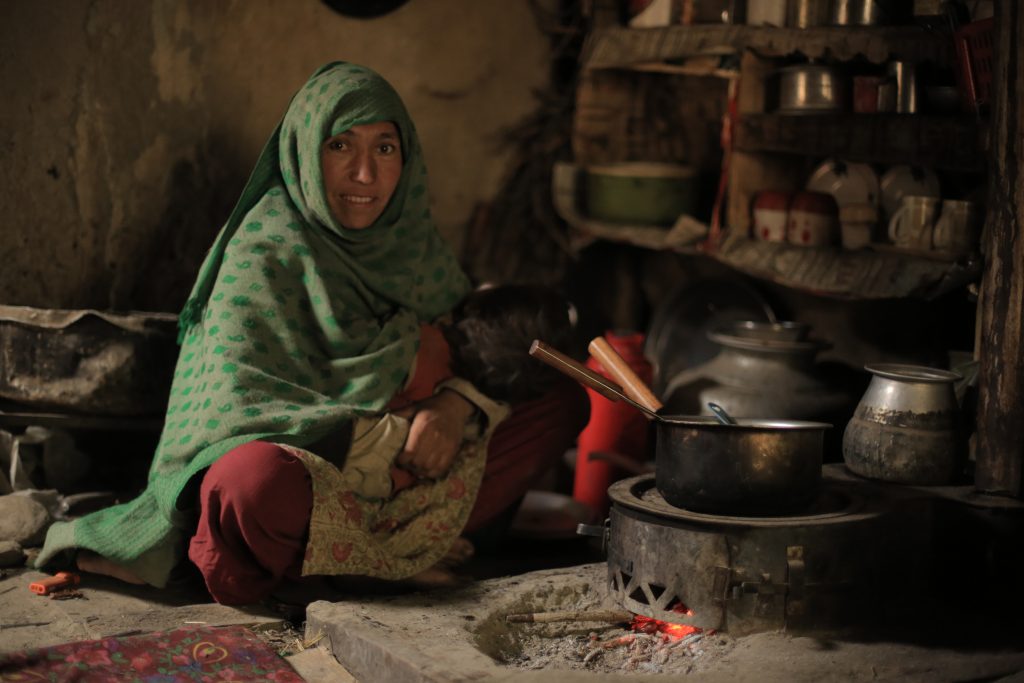 Unlike her mother, who dropped out of school after first grade because she was the only girl, Rukhsana, has a chance at education. At 16 she says, “I want to help the other girls in my village have a future.” She dreams of becoming the first doctor in her hometown.
Unlike her mother, who dropped out of school after first grade because she was the only girl, Rukhsana, has a chance at education. At 16 she says, “I want to help the other girls in my village have a future.” She dreams of becoming the first doctor in her hometown.
“I don’t want my daughters to have this rough life. They will have a future with education”
– Mother of Iqra Fund student
About the Organization
Genevieve Walsh founded Iqra Fund in 2011, following a doctorate focused on educational development in Pakistan.
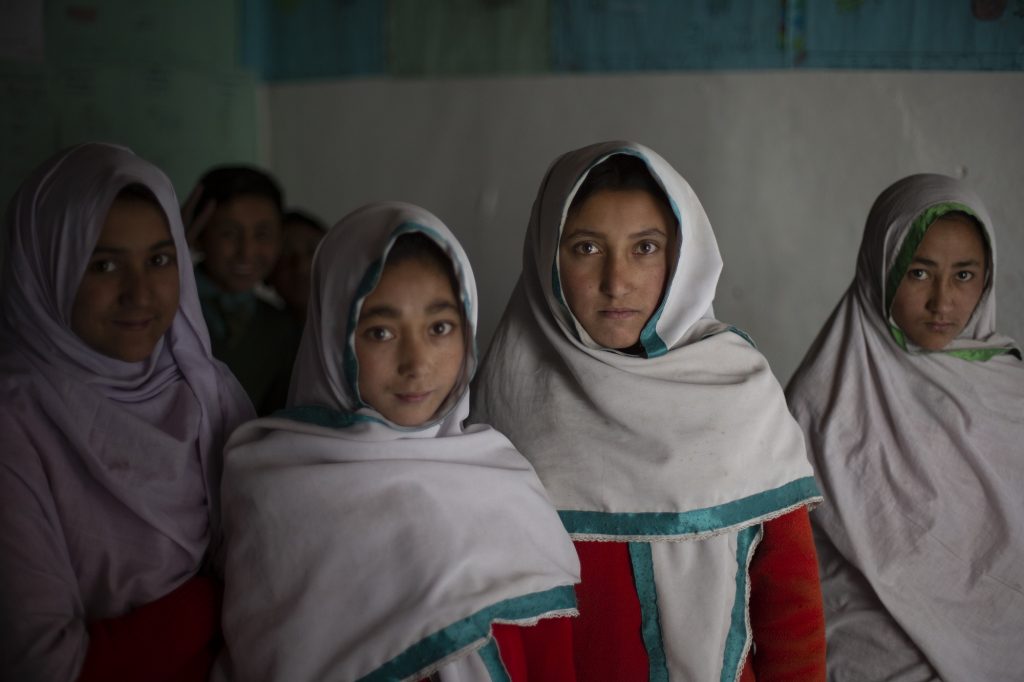 Through her dissertation, Walsh knew Iqra Fund needed a model that worked for the community. The organization focuses on quality educational programming and community investment. Today, 92 percent of girls in participating villages attend Iqra Fund schools. That’s a total of 1,595 girls, which is a complete turnaround from before Iqra Fund’s intervention when fewer than 10 girls attended school. The first group of primary school girls is now ready for middle school. Iqra Fund has also provided scholarships for more than 50 school girls, whose families sent them to a nearby city for secondary school. Six of the scholarship students have returned to their villages as Iqra Fund teachers.
Through her dissertation, Walsh knew Iqra Fund needed a model that worked for the community. The organization focuses on quality educational programming and community investment. Today, 92 percent of girls in participating villages attend Iqra Fund schools. That’s a total of 1,595 girls, which is a complete turnaround from before Iqra Fund’s intervention when fewer than 10 girls attended school. The first group of primary school girls is now ready for middle school. Iqra Fund has also provided scholarships for more than 50 school girls, whose families sent them to a nearby city for secondary school. Six of the scholarship students have returned to their villages as Iqra Fund teachers.
View the award-winning short film about Iqra Fund, “Girls Section,” here.
Where They Work
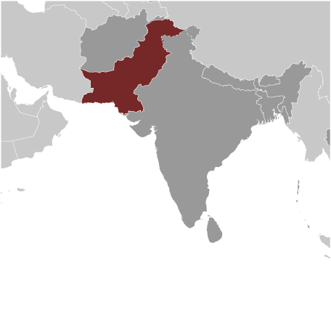
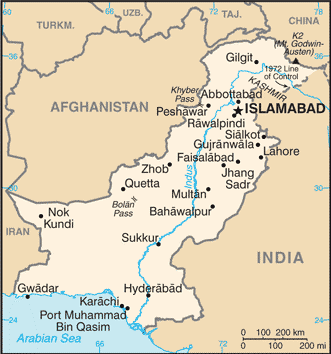
Iqra Fund works in the Basha Valley, Pakistan. Pakistan is located in Southern Asia, and shares borders with Afghanistan, China, and India. The total population is 207,862,518 (July 2018 est.). The median age is 24.1 years, and the average life expectancy is 68.4.
Decades of internal political disputes and low levels of foreign investment have led to underdevelopment in Pakistan. Despite some progress in recent years in both security and energy, a challenging security environment, electricity shortages, and a burdensome investment climate have traditionally deterred investors. Agriculture accounts for one-fifth of output and two-fifths of employment. Textiles and apparel account for more than half of Pakistan’s export earnings. Pakistan’s failure to diversify its exports has left the country vulnerable to shifts in world demand. Pakistan’s GDP growth has gradually increased since 2012 and was 5.3 percent in 2017. Official unemployment was 6 percent in 2017, but this fails to capture the true picture, because much of the economy is informal and underemployment remains high. Human development continues to lag behind most of the region.
The literacy rate in Pakistan is 57.9 percent with 69.5 percent of males and 45.8 percent of females being literate. The maternal mortality rate 178 deaths/100,000 live births (2015 est.), and the infant mortality rate is 50.4 deaths/1,000 live births.
A Closer Look at Girls’ Education in Pakistan
Pakistan has the second highest number of girls out-of-school of any country in the world. Here are some quick facts:
- 4 million children of primary school are not in school; 62 percent of them are girls
- Almost half (49 percent) of girls who begin primary school leave before completing the final grade. By ninth grade, only 13 percent of girls are still in school.
- 70 percent of women in Pakistan have not completed primary school, compared with 41 percent of men
- Women with a primary education in Pakistan earn 51 percent of what mean earn. With a secondary education they earn 70 percent or more.
 The government of Pakistan legally guarantees the right for all children ages 5 – 16 to attend school. However, funding for education is low. As of 2017, Pakistan was spending less than 2.8 percent of its gross domestic product on education – far below the recommended 4 – 6 percent – leaving the government’s education system severely under-funded. Government schools are in such short supply that even in Pakistan’s major cities, many children cannot reach a school on foot safely in a reasonable amount of time. The situation is far worse in rural areas. And there are many more schools for boys than for girls.
The government of Pakistan legally guarantees the right for all children ages 5 – 16 to attend school. However, funding for education is low. As of 2017, Pakistan was spending less than 2.8 percent of its gross domestic product on education – far below the recommended 4 – 6 percent – leaving the government’s education system severely under-funded. Government schools are in such short supply that even in Pakistan’s major cities, many children cannot reach a school on foot safely in a reasonable amount of time. The situation is far worse in rural areas. And there are many more schools for boys than for girls.
In addition to these factors within the education system, girls are also blocked from attending school by external factors including child labor, gender discrimination, child marriage, sexual harassment, insecurity, and attacks on educational institutions. From 2007 – 2015, extremists attacked 867 schools in Pakistan, often because they taught science or educated girls.
Although the state of girls’ education in Pakistan is grim, the educational system is improving with the help of countless foundations such as Iqra Fund and volunteers around the world.
Source Materials
